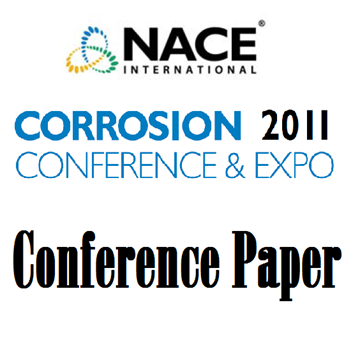Search
99148 HYDROGEN EMBITTLEMENT OF DUPLEX STAINLESS STEELS - SIMULATING SERVICE EXPERIENCE
Also Purchased
05098 A Review on Hydrogen Embrittlement of Duplex Stainless Steels
Product Number:
51300-05098-SG
ISBN:
05098 2005 CP
$20.00
01018 HYDROGEN EMBRITTLEMENT STRESS CORROSION CRACKING OF SUPERDUPLEX STAINLESS STEEL
Product Number:
51300-01018-SG
ISBN:
01018 2001 CP
$20.00
11294 Susceptibility of Hydrogen Induced Stress Cracking of Duplex Stainless Steel at Elevated Temperature
Product Number:
51300-11294-SG
ISBN:
2011 11294 CP
Publication Date:
2011
$20.00




